I sat in this week on a Community Connection zoom meeting hosted by Milestone Recovery. Milestone’s mission is to “provide compassionate care and services to empower individuals experiencing substance use disorders, mental illnesses and homelessness to attain an enhanced quality of life regardless of ability to pay.”

The work they do is endless and the need has only been growing. Among the services Milestone provides is their HOME Team, which stands for ‘Homeless Outreach Mobile Engagement’. The HOME Team is a small group of just two people on each of two teams, who proactively go into the community to help connect homeless people with whatever resources they most need. For people in crisis, the HOME Team is a lifeline, and a way to get help without involving the police. If you find someone desperately in need, camped out in your lobby or doorway, or having a mental health breakdown, call the HOME Team instead of the police. They will come out and provide help, whether it’s a ride, or transport to a doctor or shelter or substance abuse facility; or warm clothing, or meals. Call the HOME Team 207-838-8904 or 207-303-2073 9am to 9pm Monday through Friday, 9am to 5pm weekends.
This weekend, 10% of all sales (Saturday and Sunday 2/4-2/5/23) in our Portland store will be donated to the HOME Team to support their life-saving work.


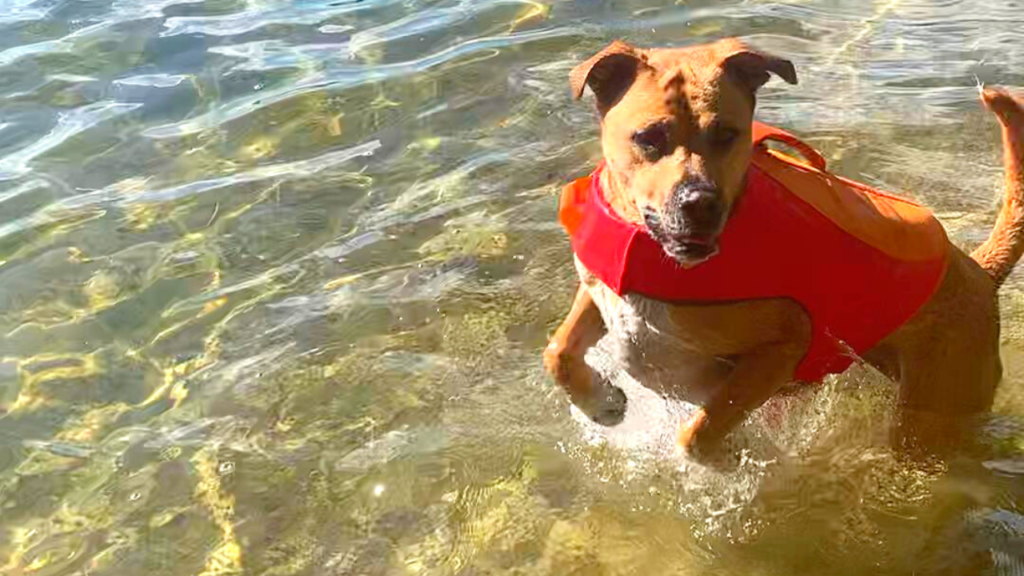
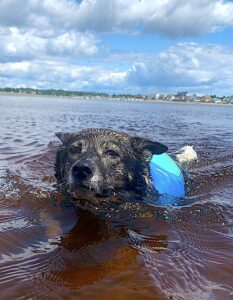 Just like people, not all dogs are designed well for swimming. Most breeds do not have the Lab’s famous webbed toes, and some breeds are in fact particularly water-challenged by their short noses and deep chests. Some dogs are actually well-designed for the water, but don’t trust it, and their fear of not being able to touch bottom keeps them from partaking of one of the true joys of summer. Years ago our pug Zip, built like a VW beetle, wouldn’t swim. I’d always put his life jacket on him when we went to beach just in case, and sure enough one day he trotted right out behind me and never seemed to notice that suddenly THIS PUG did not sink like a rock. The life jacket not only kept him safe, it opened his world. From then on he swam. Kind of slow and and low, like a tug boat, but that’s a step up from a beetle.
Just like people, not all dogs are designed well for swimming. Most breeds do not have the Lab’s famous webbed toes, and some breeds are in fact particularly water-challenged by their short noses and deep chests. Some dogs are actually well-designed for the water, but don’t trust it, and their fear of not being able to touch bottom keeps them from partaking of one of the true joys of summer. Years ago our pug Zip, built like a VW beetle, wouldn’t swim. I’d always put his life jacket on him when we went to beach just in case, and sure enough one day he trotted right out behind me and never seemed to notice that suddenly THIS PUG did not sink like a rock. The life jacket not only kept him safe, it opened his world. From then on he swam. Kind of slow and and low, like a tug boat, but that’s a step up from a beetle. 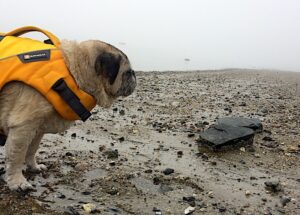
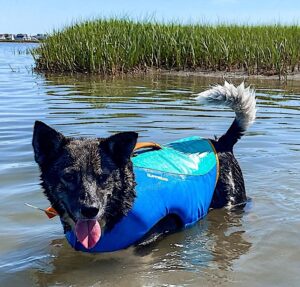
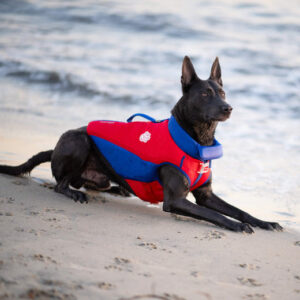
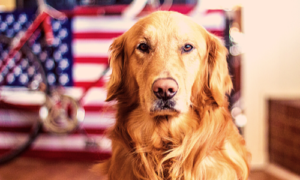 Who doesn’t love fireworks and wild summer thunderstorms? A lot of anxious pets…that’s who!
Who doesn’t love fireworks and wild summer thunderstorms? A lot of anxious pets…that’s who!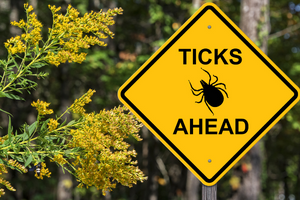


 And please include raw recreational and edible meaty bones. Raw meaty bones like these from
And please include raw recreational and edible meaty bones. Raw meaty bones like these from 

 But what about digestibility? It’s hard to say whether, once chewed into pieces and swallowed, the ingredients are being simply passed or digested. So we’re running our own (admittedly rudimentary) science project. What happens when you soak them in everyday water, and how long does it take for one to soften and eventually break down? Stay tuned for un update.
But what about digestibility? It’s hard to say whether, once chewed into pieces and swallowed, the ingredients are being simply passed or digested. So we’re running our own (admittedly rudimentary) science project. What happens when you soak them in everyday water, and how long does it take for one to soften and eventually break down? Stay tuned for un update.